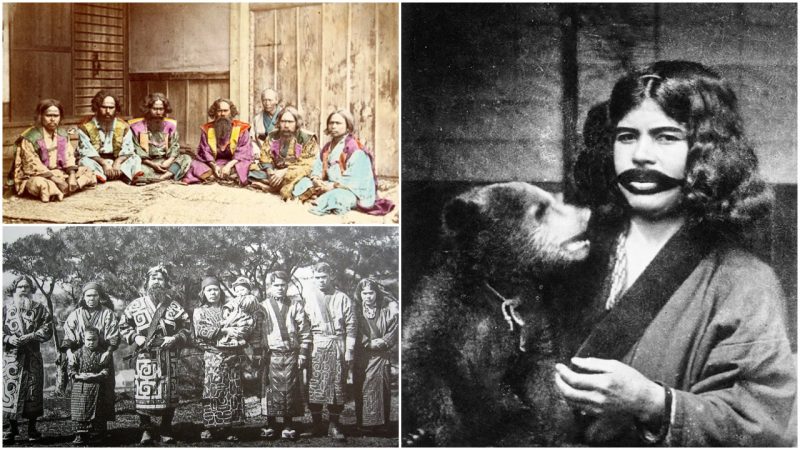The Ainu, also known as Aynu, are an indigenous people of Japan and Eastern Russia. According to recent research, the Ainu people originated from a merger of two other cultures: the Okhotsk and Satsumon, one of the ancient cultures believed to have originated during the Jōmon period on the Japanese Archipelago.
In the 13th Century, the Ainu of Ezochi (modern-day Hokkaido) began active contact with the ethnic Japanese of the mainland, called the Wajin. The Ainu group consisted mainly of hunter-gatherers and made a living by hunting, farming, and fishing. This society was underpinned by a religion based on natural phenomena.
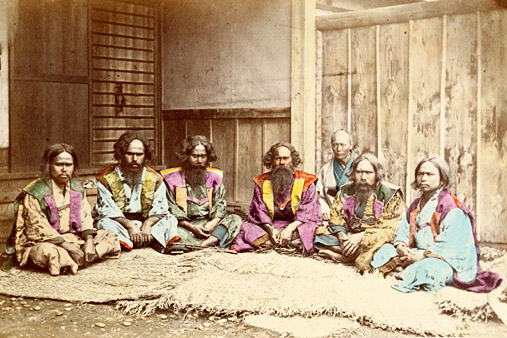
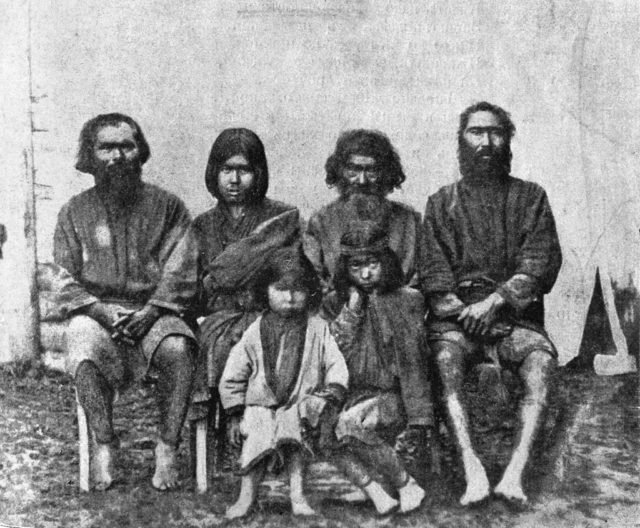
The full-blooded Ainu usually had more body hair and fairer skin than Japan’s Yamato people. There were early claims suggesting that the Ainu had Caucasian ancestry, but recent DNA studies have not shown any similarity with Europeans.
However, back in 1893, anthropologist Arnold Henry Savage Landor described the Ainu as people with “a Typical European eye shape and deep-set eyes, large brow ridge and ears, hairy but prone to baldness and with prominent cheek bones.”
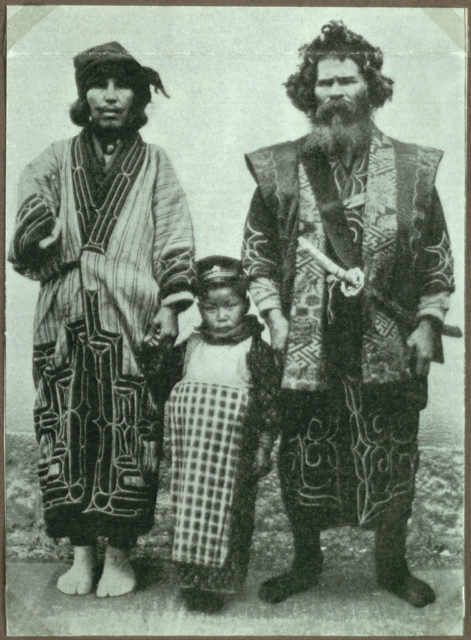
One group of Ainu inhabited the northern and central islands of Japan, while the others were distributed as far north as the Kamchatka Peninsula in Russia.
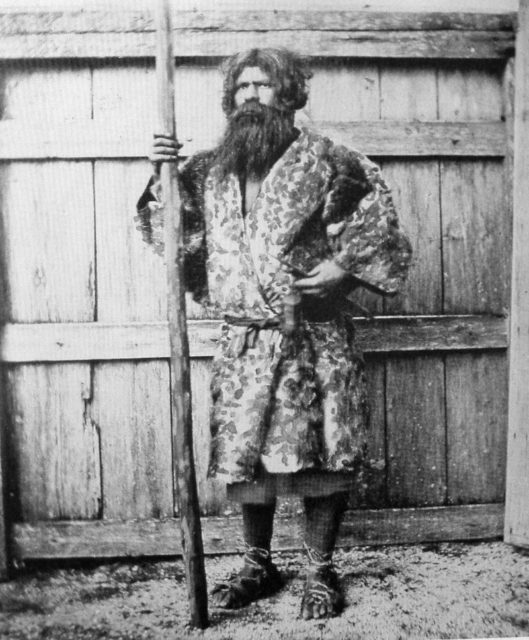
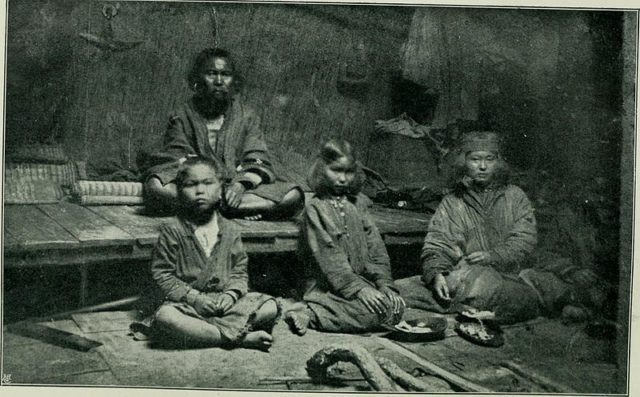
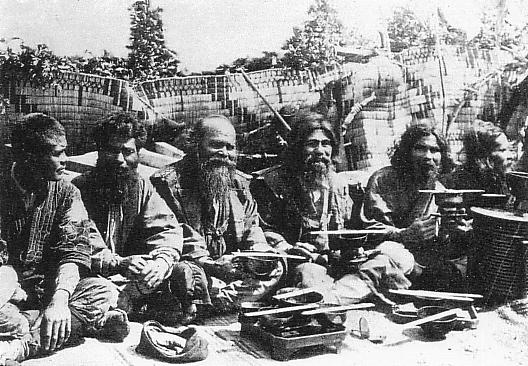
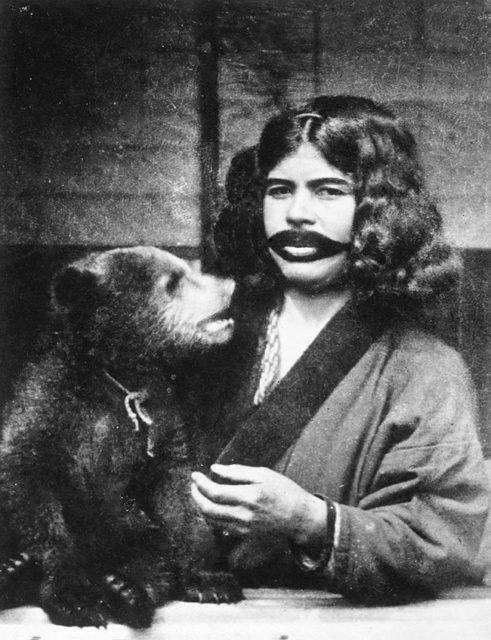
Ainu Culture was very different from the Japanese. The men had full beards and mustaches, as after a certain age they would never shave. The Ainu women tattooed their mouths at a young age with a spot on the upper lip that would gradually increase with size.
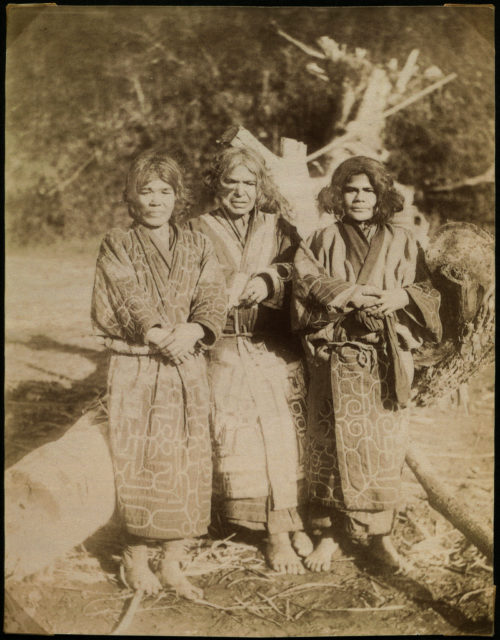
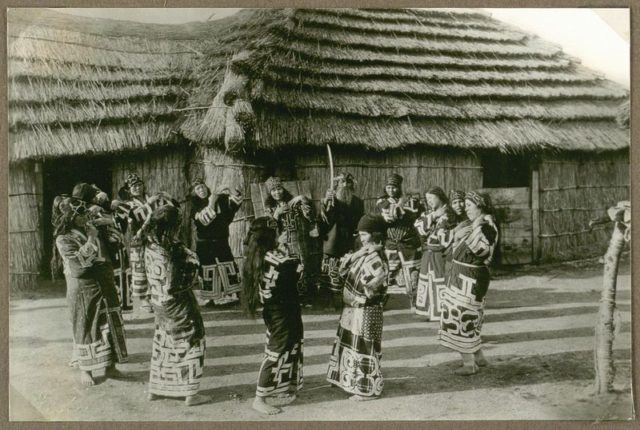
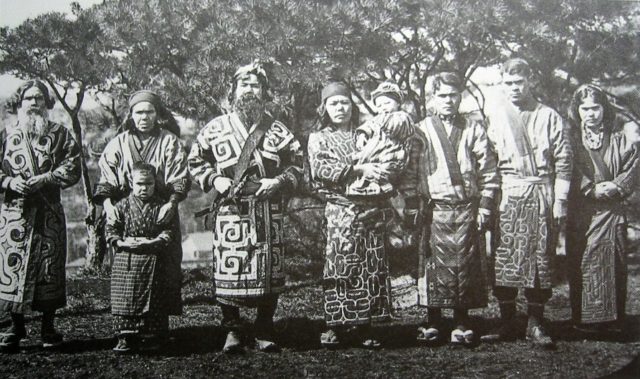
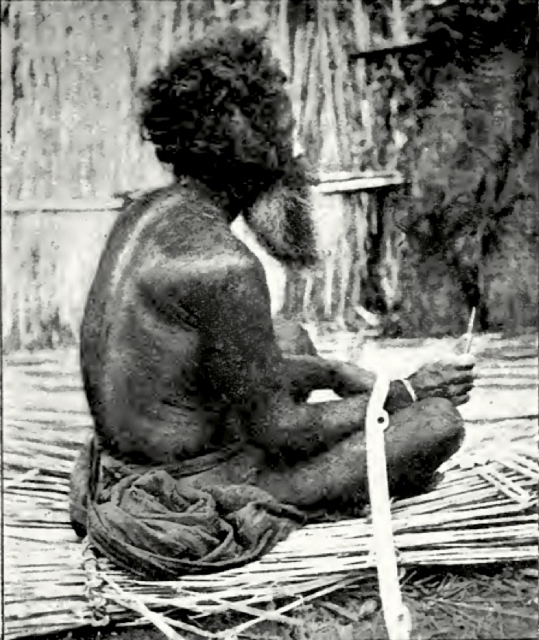
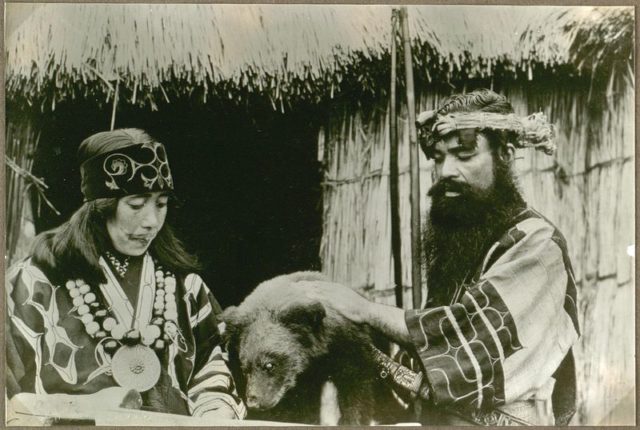
Traditionally, the Ainu are animists or worshippers of nature: they believe that everything in nature has a spirit of a god within it. The Ainu are also bear-worshippers, believing that the animals are sacred. They also believe in the bear deity, Kim-un Kamuy.
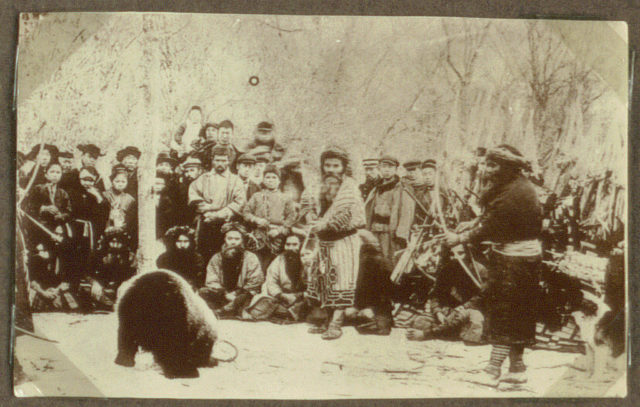
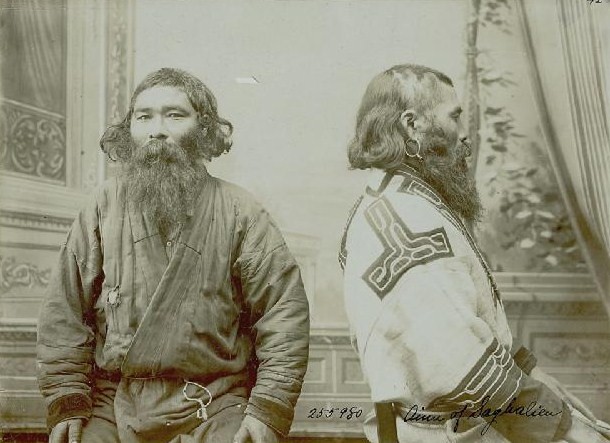
In 2008, the Ainu people were recognized as indigenous to Japan “with a distinct language, religion, and culture,” urging an end to the discrimination of this group.
